Mint Plant Companions: The Best Plants To Grow Together
Mint is a versatile herb that can be used in a variety of dishes, teas, and even cocktails. It is also a popular choice for companion planting, as it can help to deter pests and improve the growth of other plants.
In this blog post, we will take a look at some of the best plants to grow with mint. We will also discuss some of the benefits of companion planting and how to choose the right plants for your garden.
What is companion planting?
Companion planting is a gardening technique that involves planting certain types of plants together to benefit each other. Some plants can help to repel pests, while others can improve the growth or flavor of their neighbors.
There are many different benefits to companion planting. For example, companion plants can:
- Repel pests and diseases
- Improve pollination
- Increase yields
- Enhance the flavor of vegetables
- Improve soil quality
Why is mint a good companion plant?
Mint has a strong, pungent scent that can deter a variety of pests, including aphids, mosquitoes, and ants. It can also help to improve the growth and flavor of other plants.
Some of the best plants to grow with mint include:
- Carrots: Mint can help to repel the carrot fly, which can damage carrots.
- Cabbage: Mint can help to deter the cabbage moth, which can damage cabbage leaves.
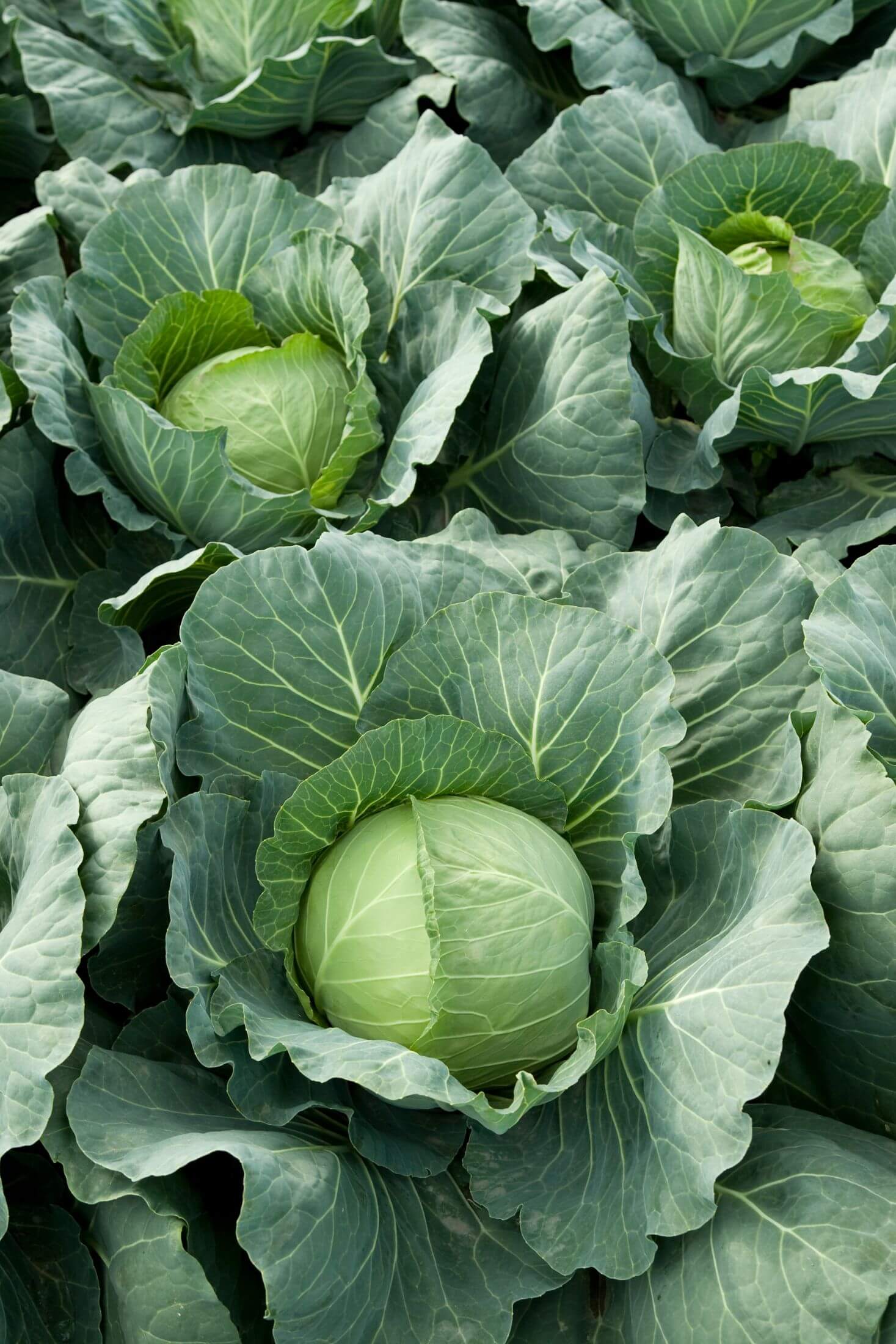
- Peas: Mint can help to attract pollinators, which are essential for pea pollination.
- Beans: Mint can help to improve the nitrogen content of the soil, which is beneficial for bean plants.
-(2).jpg)
- Tomatoes: Mint can help to deter aphids and other pests that can damage tomatoes.
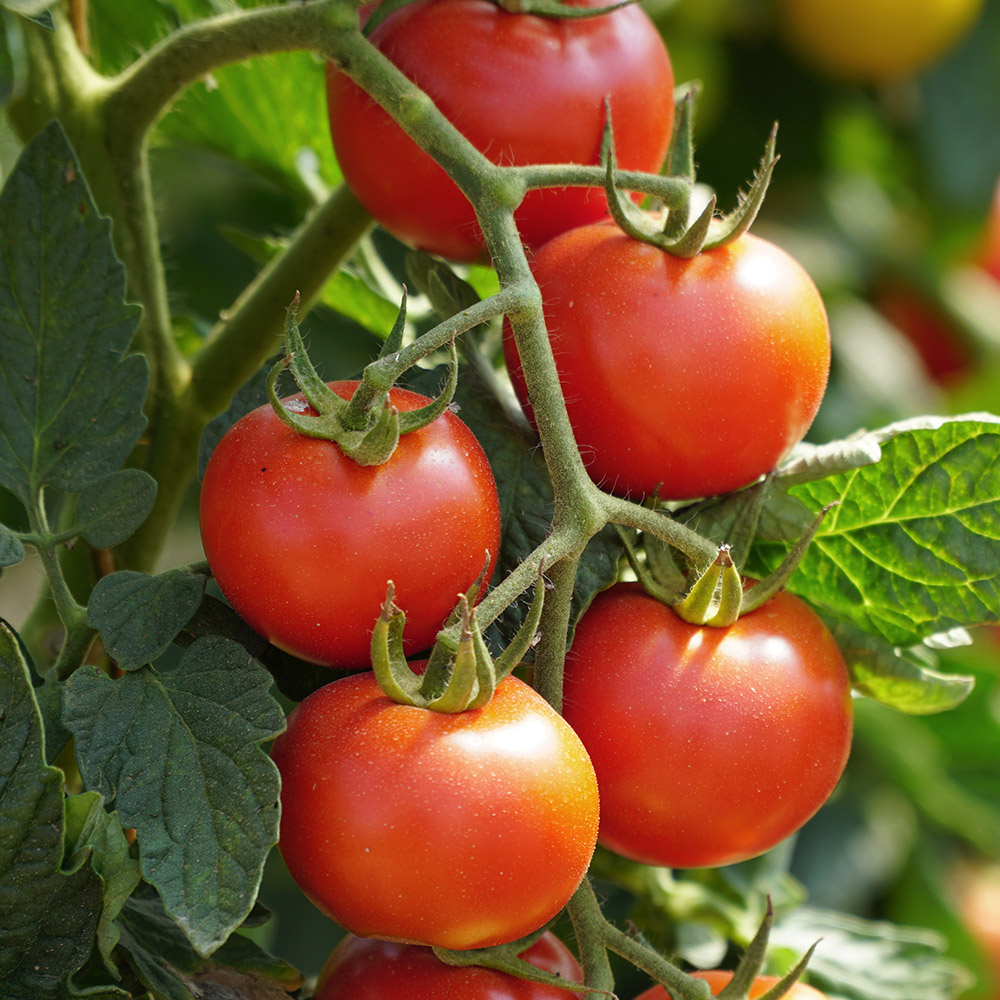
- Herbs: Mint can be grown with other herbs, such as oregano, rosemary, and basil. This can help to create a fragrant and pest-free garden.
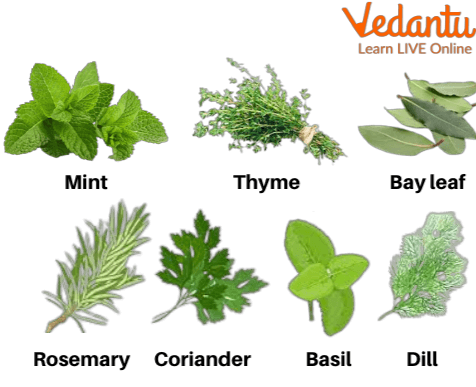
How to choose companion plants for mint
When choosing companion plants for mint, it is important to consider the following factors:
- Pests: Choose plants that are resistant to the same pests that mint deters.
- Pollinators: Choose plants that attract pollinators, such as bees and butterflies.
- Soil quality: Choose plants that have similar soil requirements to mint.
- Growth habit: Choose plants that have similar growth habits to mint. This will help to prevent one plant from crowding out the other.
Conclusion
Mint is a versatile herb that can be grown with a variety of other plants. By companion planting, you can help to deter pests, improve the growth and flavor of your vegetables, and create a beautiful and fragrant garden.
Mint is a versatile herb that can be used in a variety of dishes, but it's also a great companion plant for other crops. The strong scent of mint can deter pests, attract pollinators, and improve the flavor of nearby plants. Some of the best mint companion plants include:
- Carrots: Mint helps to repel the carrot fly, which can damage carrots.
- Cabbage: Mint can help to deter cabbage moths and flea beetles.
- Peas and beans: Mint can help to improve the nitrogen content of the soil, which is beneficial for peas and beans.
- Tomatoes: Mint can help to repel aphids and other pests.
- Marigolds: Marigolds and mint both have strong scents that can deter pests.
If you're looking for more information about mint companion plants, I recommend visiting Gardenia Inspiration. This website has a comprehensive list of mint companion plants, as well as information on how to plant and care for mint in your garden.
FAQ of mint plant companion
1. What are some good companion plants for mint?
Mint is a relatively aggressive plant that can quickly take over a garden if not contained. However, it is also a very beneficial plant that can attract pollinators and repel pests. Some good companion plants for mint include:
- Carrots: Mint helps to repel the carrot fly, a common pest of carrots.
- Cabbage: Mint helps to repel cabbage moths, another common pest of cabbage.
- Tomatoes: Mint helps to repel whiteflies, a common pest of tomatoes.
- Beans: Mint helps to attract pollinators, which are important for beans to set fruit.
- Peas: Mint helps to attract pollinators, which are important for peas to set fruit.
2. What are some plants that should not be planted near mint?
Mint should not be planted near plants that are sensitive to its strong aroma, such as:
- Rosemary: Mint's aroma can stunt the growth of rosemary.
- Lavender: Mint's aroma can prevent lavender from blooming.
- Chives: Mint's aroma can make chives taste bitter.
- Cucumbers: Mint's aroma can prevent cucumbers from setting fruit.
- Potatoes: Mint's aroma can make potatoes taste bitter.
3. How can I prevent mint from spreading?
Mint can be a very invasive plant, so it is important to take steps to prevent it from spreading. Here are a few tips:
- Plant mint in a container with drainage holes. This will help to contain the roots and prevent the plant from spreading.
- Add a border of gravel or stones around the mint plant. This will help to keep the roots from spreading underground.
- Mulch around the mint plant with wood chips or bark. This will help to suppress weeds and keep the soil moist, which will discourage the mint plant from spreading.
- Divide the mint plant every year or two. This will help to keep the plant from getting too large and out of control.
4. What are some benefits of planting mint with other plants?
Mint has a number of benefits when planted with other plants. For example:
- Mint can attract pollinators, which are important for many plants to set fruit.
- Mint can repel pests, which can help to protect other plants from damage.
- Mint can improve the flavor of other plants.
- Mint can help to improve the drainage and aeration of the soil.
- Mint can help to suppress weeds.
5. How can I use mint in my garden?
Mint can be used in a variety of ways in the garden. Here are a few ideas:
- Plant mint in a container to use as a border plant or as an accent plant.
- Plant mint in a pot to keep it contained and prevent it from spreading.
- Use mint as a companion plant to attract pollinators and repel pests.
- Add mint to your compost pile to help to break down organic matter.
- Use mint essential oil to repel pests or to add flavor to your food.
Image of mint plant companion
- Mint and tomatoes: Mint's strong aroma will keep pests at bay, such as aphids, spider mites, and whiteflies. Tomatoes also benefit from mint's presence, as the mint can help to improve the flavor of the tomatoes.

- Mint and carrots: Mint can help to deter the carrot root fly, a common pest of carrots. The mint's strong aroma can also help to improve the flavor of the carrots.
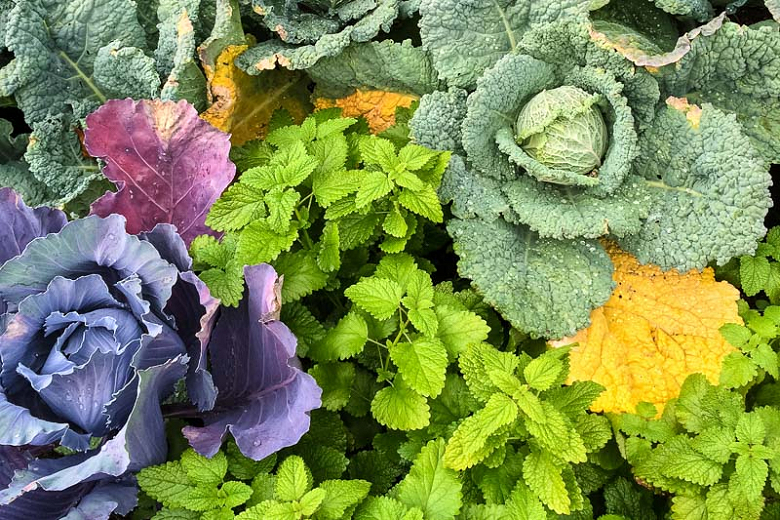
- Mint and cabbage: Mint can help to repel cabbage moths and other pests that target cabbage plants. The mint's strong aroma can also help to improve the flavor of the cabbage.

- Mint and beans: Mint can help to attract beneficial insects, such as ladybugs and lacewings, which can help to control pests in the bean garden. The mint's strong aroma can also help to improve the flavor of the beans.

- Mint and lavender: Mint and lavender are both herbs that have a strong aroma. When planted together, they can help to repel pests and attract beneficial insects. The two herbs can also complement each other's flavors.
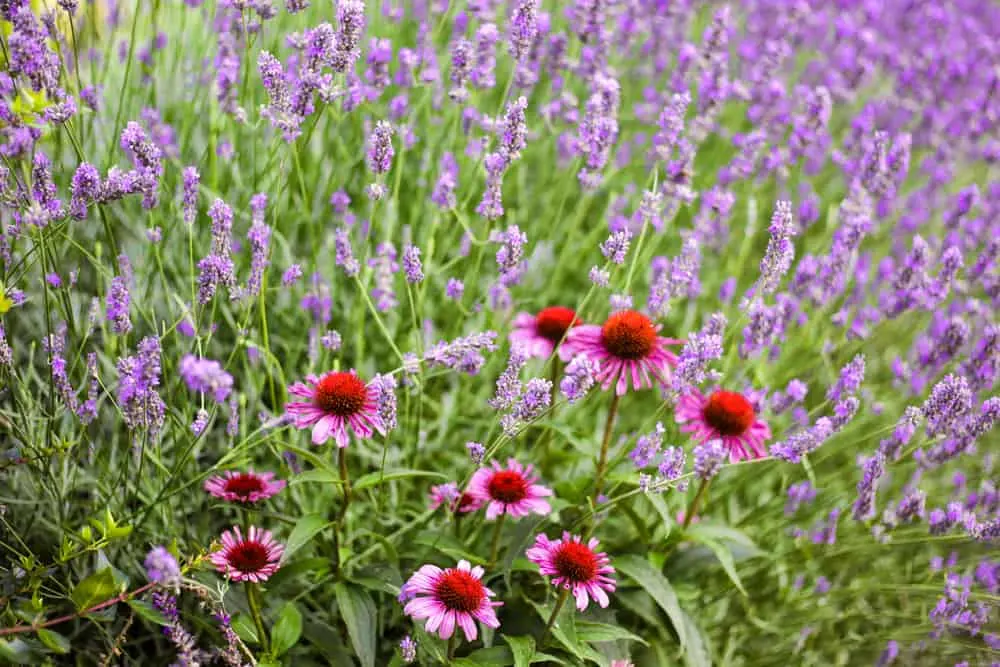
Post a Comment for "Mint Plant Companions: The Best Plants To Grow Together"